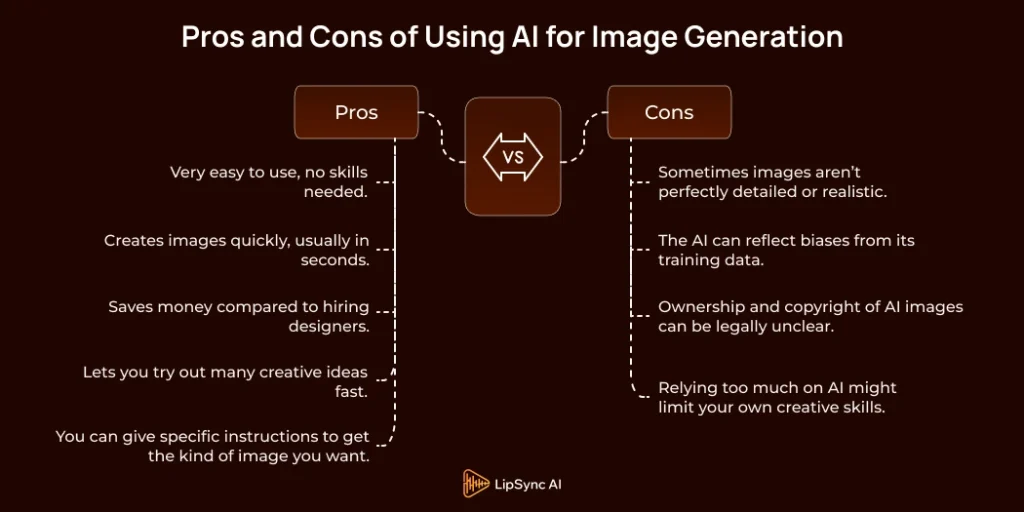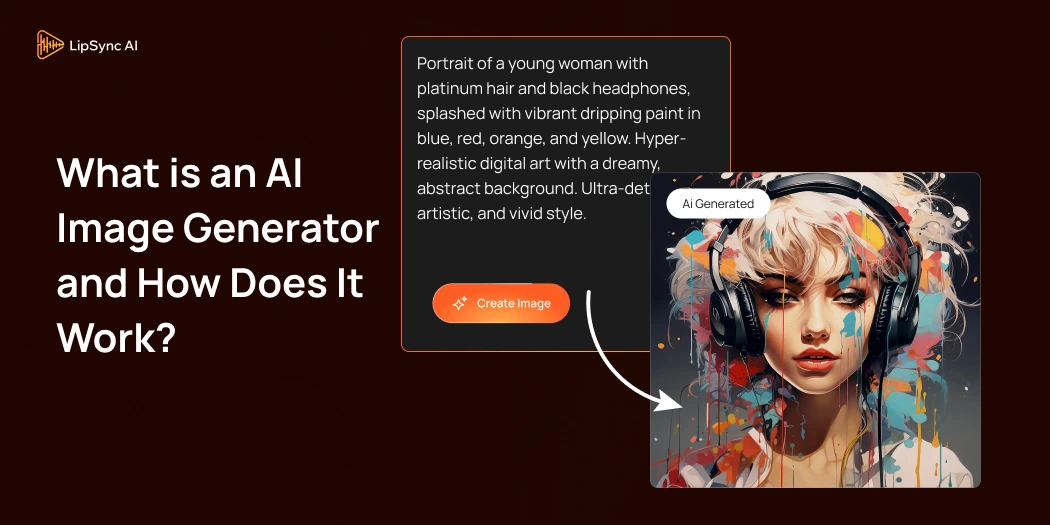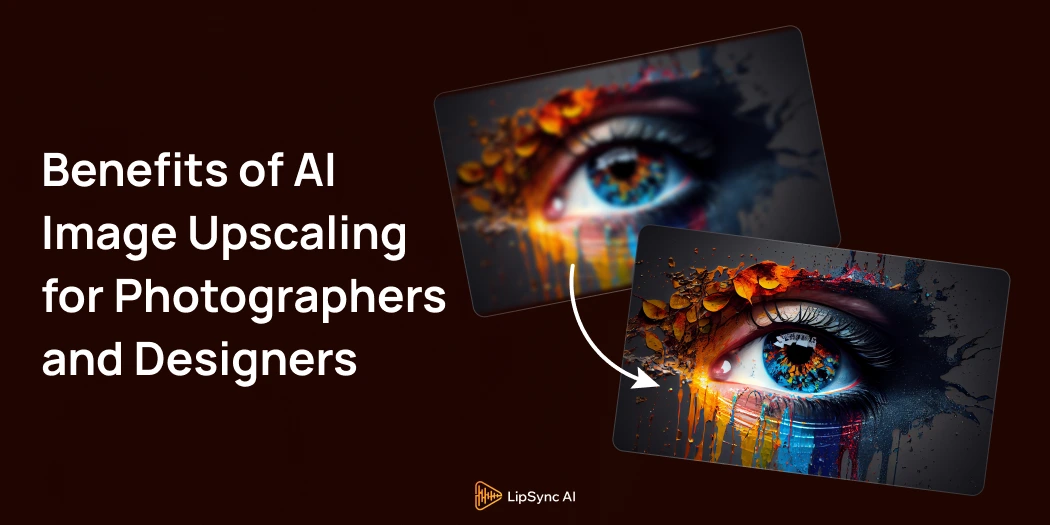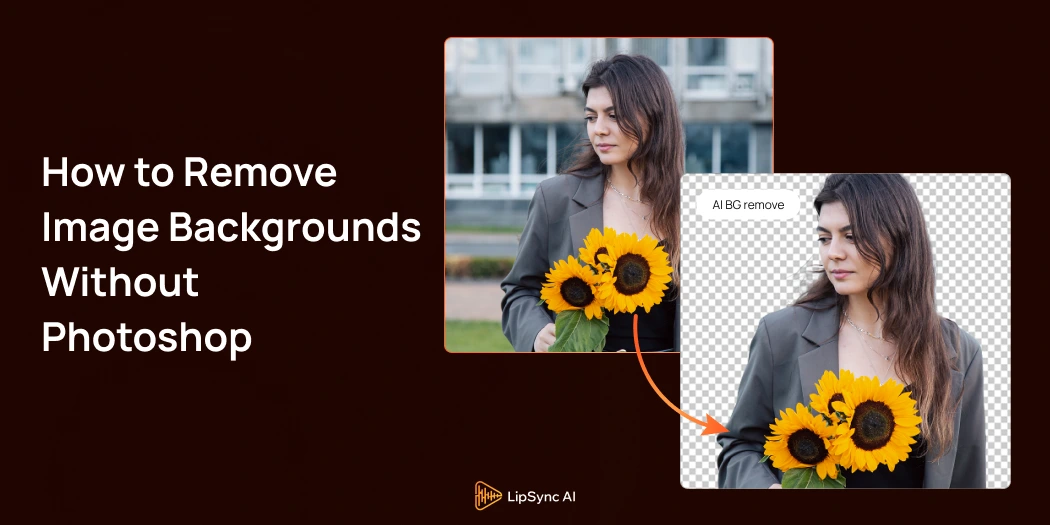Technology is changing how we create art and visuals. One exciting change is the rise of AI image generators. These clever tools can turn words into pictures. You simply describe what you want, and the AI creates an image for you.
This opens up many possibilities. You don’t need to be an artist or use complicated software. If you’ve ever wondered how this works or how to use it, this guide will help.
If you’re new to this concept and curious about how it works, this blog will guide you step-by-step. We’ll explain what is an AI image generator, how text to image AI functions, its advantages and challenges, and where the future might take us.
By the end, you’ll have a clear idea of the possibilities AI image generator offer and how you can start experimenting with them yourself—even if you’re completely new to the field.
What is an AI Image Generator?
An AI image generator is a program that makes pictures from text descriptions. Instead of drawing or taking photographs, you type a sentence. The AI then creates an image that matches what you described.
This technology is sometimes called text to image AI.
What makes this different from traditional creation tools?
- Accessibility: No need for drawing skills or graphic design expertise.
- Automation: The AI does the heavy lifting, converting language into visuals.
- Creativity Unleashed: It enables quick exploration of ideas through images.
What makes AI image generators special is how easy they are to use. Anyone can create images without artistic skill.
This process, often called text to image generation, uses complex algorithms trained on vast libraries of images paired with their descriptions. That training enables the AI to “understand” language and create relevant images, whether simple or complex.
How Does AI Image Generation Work?
AI image generation combines language processing with image synthesis. Here’s a basic breakdown:
- Training the AI: The system learns from millions of image-text pairs to recognize the connection between words and visual elements.
- Processing Input: When you enter a text prompt, the AI breaks it down into meaningful parts and interprets what you want to see.
- Generating the Image: Using models like Generative Adversarial Networks (GANs) or diffusion models, the AI constructs an image step-by-step to match the prompt.
- Refining Output: The AI iterates on the image, enhancing details, colors, and composition.
What makes AI text to image generators powerful is their ability to consider not just objects but also styles, moods, and spatial arrangements.
For example, a prompt like “a cozy cabin in snowy woods at dusk” results in a very different feel than “a modern glass cabin in a tropical forest at noon,” even though both describe a cabin.
Pros and Cons of Using AI for Image Generation

Using AI image generators comes with pros and cons. Here are the main points:
| Pros | Cons |
|---|---|
| Very easy to use, no skills needed. | Sometimes images aren’t perfectly detailed or realistic. |
| Creates images quickly, usually in seconds. | The AI can reflect biases from its training data. |
| Saves money compared to hiring designers. | Ownership and copyright of AI images can be legally unclear. |
| Lets you try out many creative ideas fast. | Relying too much on AI might limit your own creative skills. |
| You can give specific instructions to get the kind of image you want. | Not all AI tools support complex or abstract ideas well. |
Knowing these helps you use AI wisely.
Future of AI Image Generation
The future of AI image generation looks very promising. As technology advances, these tools will create images that are clearer, sharper, and more true to life. The AI will better understand complex text prompts, capturing the subtle details and emotions described by users.
We can also expect AI image generators to evolve beyond simple pictures. They may start combining images with AI videos, 3D models, and interactive content, making the creative process more immersive and dynamic.
Accessibility will improve, meaning more people—from beginners to professionals—will be able to create high-quality visuals easily. This will continue to democratize creativity and change how industries like marketing, design, and entertainment operate.
Alongside technological growth, ethical and legal frameworks will develop. These will guide fair use, copyright ownership, and responsible creation, helping to address concerns about originality and bias in AI-generated images.
In short, the future promises powerful, easy-to-use text to image AI tools that enhance creativity while encouraging thoughtful and ethical use.
Conclusion
AI image generators have changed the way we create visuals by turning simple text into unique images. This technology makes creativity accessible to everyone, regardless of skill level.
By understanding how text to image AI works and its benefits and limits, you can confidently explore new creative ideas and produce custom visuals quickly.
As AI tools keep improving, they will become even more powerful and easier to use, opening new opportunities across many fields.
Embracing AI image generation thoughtfully allows you to enhance your creative process while staying aware of important ethical considerations.
Frequently Asked Questions
An AI image generator is a tool that creates images from text descriptions using artificial intelligence algorithms trained on large image datasets.
It works by analyzing your text prompt and generating an image that matches the description, using deep learning models like GANs or diffusion techniques.
No, most AI image generators are designed to be user-friendly and require no artistic or technical skills.
Usage rights vary by platform. Some images can be used commercially, but always check the specific platform’s licensing terms before using AI-generated images for business.
Traditional image editors require manual input to create or modify images, while AI image generators create images automatically from text prompts using trained AI models.
Traditional image editors require manual input to create or modify images, while AI image generators create images automatically from text prompts using trained AI models.
AI is a creative assistant that enhances human work but doesn’t replace the unique insight and emotion artists bring.







